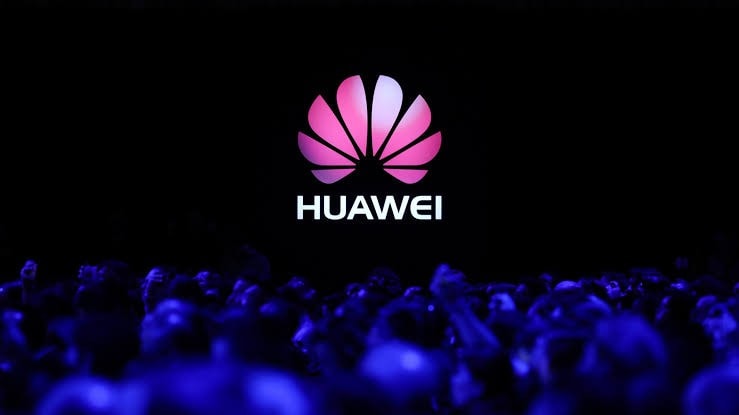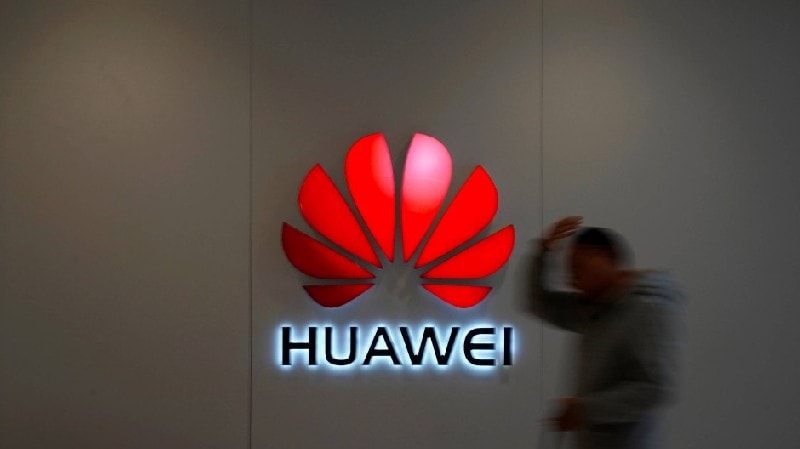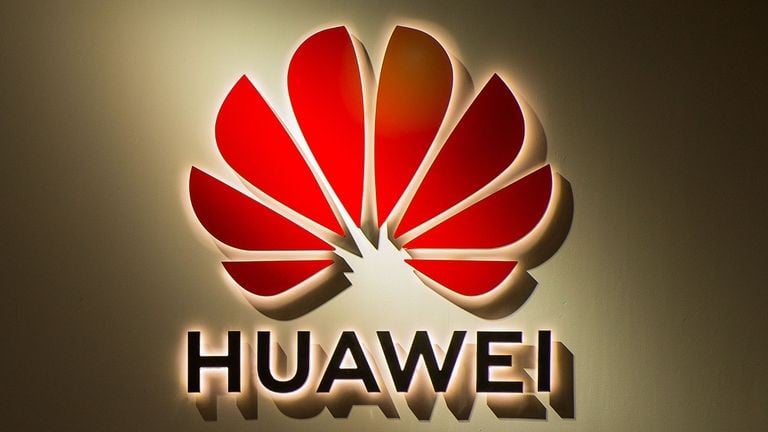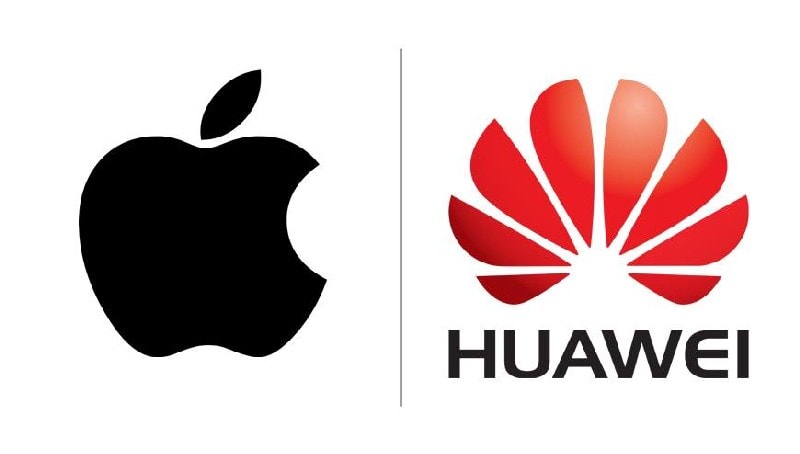Huawei is a Chinese multinational technology company that was set up during the year 1987 and is headquartered in Shenzhen, China. Huawei is a consumer electronics, mobile phones, networking equipment, and telecom equipment industry. The company produces various products like smartphones, mobile and fixed broadband networks, tablet computers, multimedia technology, dongles, Harmony OS, and Smart TV.
During the initial years, Huawei focused its manufacturing on phone switches, and over the years it has expanded its business to include various operations like developing telecommunication networks, providing equipment to enterprises, and providing consulting and operational services.
The company has about 194,000 employees as of the end of 2019. Huawei has provided its services and products to approximately 170 countries across the world. The company aims to reach digital to every person, organization and looking forward to connecting the world fully.
The brand serves about three billion people worldwide.
Huawei’s mission is to expand the technology benefits to all places. To achieve this, the company has created a digital inclusion strategy, and it focuses on three main areas:
- Technology
- Applications
- Skills
The SWOT analysis of Huawei differentiates all the main strengths, weaknesses, opportunities, and threats that helps the company to identify its internal and external environment. Readout this article, to get an understanding of where Huawei stands.
The SWOT analysis of Huawei indicates the strengths of the brand in which the brand is good and what distinguishes it from its competitors, its weakness that would halt the brand to do well, and its focal point.
It lists its opportunities that the brand can use to increase its market share and brand value. It also throws light on the threat that has the potential to harm the brand.
To make sure that Huawei meets the long-term competitive advantage, it must address the various concerns highlighted in the SWOT analysis of Huawei.
Let us discuss on the SWOT analysis of Huawei.
Table of Contents
Strengths

1. Large Product Portfolio
One of the main strengths of the brand is its extensive product portfolio. Huawei has its fastest growth in producing wide ranges of smartphones. Huawei is one of the top three smartphone brands and the top two in the international market of smartphones. Every year, the number of smartphone deliveries keeps increasing.
As the brand has a higher smartphone sale every year, it is shown in its higher profits. Apart from smartphones, the company produces various other products like mobile and fixed broadband networks, tablet computers, multimedia technology, dongles, Harmony OS, and Smart TV.
All its products and services targeted to enterprises and individual users as well. Huawei’s entire business is separated into three segments. They are enterprise business, consumer, and carrier.
2. Innovation in Technology
Yet another strength of the brand is its innovation in its technology. Ever since its formation, the company has maintained a significant focus on research and innovation. Every year, the brand invests a considerable amount of money in research and development.
Each year the amount keeps increasing, and hence many innovative technologies are coming up from this brand. Due to its strong focus on research and development, Huawei has been a leading player in the smartphone industry and the 5G technology as well.
The company also invests a massive amount in Artificial Intelligence technology and sees a faster growth. As there is always some kind of development in technology still, it considers a more rapid growth among international players.
3. Leading Position in the Smartphone Market
Being a leading player in the smartphone industry, Huawei produces and sells many smartphones to the market. This has been its leading revenue source. The smartphone deliveries of the brand have been increasing, and so, the revenue is also on the rise.
Huawei is the second leading player in the smartphone industry next to Apple. During the year 2018, the company’s smartphone deliveries turn out to be about 223 million units.
Even though the smartphones of Huawei come with innovative technology and good cameras, its prices are feasible, and due to this, its market share has increased at a high level.
4. International Presence
The brand has an excellent global reach, and this is also a primary strength of the brand. Over the years, the company has expanded globally, leading to a good revenue, market share, and a strong customer base.
Being a Chinese brand, Huawei has its business operations in about 170 countries, and it works with many large networks of distributors, suppliers, and business partners from various parts of the world.
5. Competitive Pricing
Yet another strength of the brand is its competitive pricing. This is one main reason for the brand to accomplish popularity and growth faster. The brand has a proper strategy that focuses on lower prices and quality.
This has resulted in having a significant market share in the international smartphone market, thereby increasing its revenue. The company has many products that are priced feasibly and targets all economic classes of people.
6. Customer Value
Huawei have partners with various associations that provides network products and solutions that are simple, intelligent, innovative, trustworthy and secure.
The brand also opens for ICT capabilities for enterprise customers and provide them with various solutions that are secure, innovative, and trustworthy. The brand makes use of multiple innovations in its smart devices and improves people’s digital experience.
7. Secure and Stable Network Operations
The top priorities of the brand were always focused on privacy protection and cybersecurity. Huawei always believes in the power of transparency and honesty.
The company is always focused on improving its software engineering capabilities and business continuity while increasing the networks. Huawei has worked for about 30 years with carrier customers to create over 1,500 networks in nearly 170 countries.
In an organized way, the company has tried to connect about three billion people across the world. Even in this vast network, the brand strives to maintain a right track of security.
Weaknesses

1. Many Controversies
The brand has many controversies ever since its formation, which seems to be a massive weakness for the brand. It also has a tainted image in the global market. Apart from controversies related to espionage, there are many more who tainted Huawei’s image in many Western nations and mostly in the US.
This can be blamed due to the rivalry between the US and China and the close connection between the Chinese government and Huawei. Even now, Huawei’s image is considered a great weakness for the brand.
Also, the brand has been accused of using its resources for espionage purposes. As it has lost the AT&T support in the US, it has ended up losing support from many other US partners also.
2. Weak Market in the US
The leading smartphone market in the US and Huawei has not positioned well in the US market. This is also a great weakness for the brand as the US being the leading smartphone market, and Huawei is not able to place itself there.
People in the US mostly refrain from purchasing the Huawei handsets. While the company has faced investigations on many issues in the US, Canada, and Britain, the brand does not seem to be a big hit in these regions. As days pass, Huawei’s position in the US market keeps growing weaker in the United States.
Also, the US government is keen on not allowing the brand to flourish in the US market.
3. Lack of Capital
The company always sees a cash shortage. As compared to other top brands in the world, Huawei’s capital is very less. The company has very little capital for its operations. Hence, they need to be extremely careful while planning their business operations.
Also, due to its shortage of money, it has little money to go in for branding or marketing. To make the brand reachable, it should invest a considerable amount in marketing or branding. This becomes a great weakness for the brand.
4. Weak Brand
As Huawei has less capital, it does not have a sharp brand image. There is a lack of marketing for the brand, and due to this, it is a weak brand.
Even though the brand has a sharp image in a few countries, it has less popularity in most of the top markets. Being a weak brand and as it affects the brand image, this is indeed a great weakness for the brand.
Opportunities

1. AI and 5G Technologies
Huawei has seen a lot of opportunities using its research and development. Being a leading player in the smartphone industry, the company has also seen a significant advantage in 5G technology.
The brand should focus more on the AI and 5G technologies, and it has already had success in venturing into the 5G technology. Both the technologies AI and 5G are profitable are for any smartphone industry.
So, the company sees a lot of opportunities in entering more into these technologies.
2. Marketing
As Huawei is strong as a technology firm, its marketing strategy is weaker as compared to its competitor. Instead of making use of a marketing strategy and consistent branding, the brand has depended mostly on its pricing strategy and product quality to increase its customer base and market share.
Being a leading brand in technology, it must have a strong marketing strategy in place and is essential for its core business strategy. It should focus more on a marketing strategy to get a higher brand image.
3. Retail Chain
At the international level, the brand makes use of online channels for its sales. Currently, Huawei has created a good position, and it sees more opportunities to expand its presence in the global market by taking efforts to develop its brand retail chain.
Along with marketing, the company should be able to drive more sales and get customer loyalty.
Threats

1. Competitors
The smartphone industry sees a lot of competition over the years, and it keeps growing at a fast pace. As the company has been recognized as a top brand in the smartphone industry, it does face many competitions from many foreign brands and Chinese brands as well.
Its competitors include Apple, Xiaomi, Samsung, etc. Hence, seeing many players in the smartphone industry is a significant threat to the company.
2. Regulatory Pressures
Many regulatory and political pressures are increasingly projecting a severe threat to global players in technology. The international business of Huawei is being threatened by the political pressures and the trade war that takes place between China and the US.
It is not only with the US that it faces threats but also with other leading markets like Canada, Britain, and Japan. Huawei faces intense political pressure, that is a significant threat to its development. This would drastically limit the Huawei’s international business.
3. Trade Pressures
There has always been trading tensions between China and the US, and this has been big trouble for the brand. This is due to the fact about the relationship that the technology company has with the Chinese government. This is also a threat to the business.
Conclusion
Huawei has flourished in the international market in less time. In recent years, the company has developed its smartphone industry. With the increase of smartphone, the brand has seen significant growth in the market.
The SWOT analysis of Huawei mentioned in this article has highlighted the main strengths of the brand that comes up from its extensive product portfolio, innovation in technology, leading position in the smartphone industry, having an international presence, maintaining feasible pricing, have an excellent value-form customer, and providing secure and stable network operations.
Its weakness is seen from its many controversies, a weak presence in the US, less capital, and a weak brand. It sees a significant opportunity on entering AI and 5G technologies, focusing more on marketing, and having a strong retail chain.
Its threat is from its competitors in the smartphone industry, various regulatory pressures, and trade pressures among the US.
